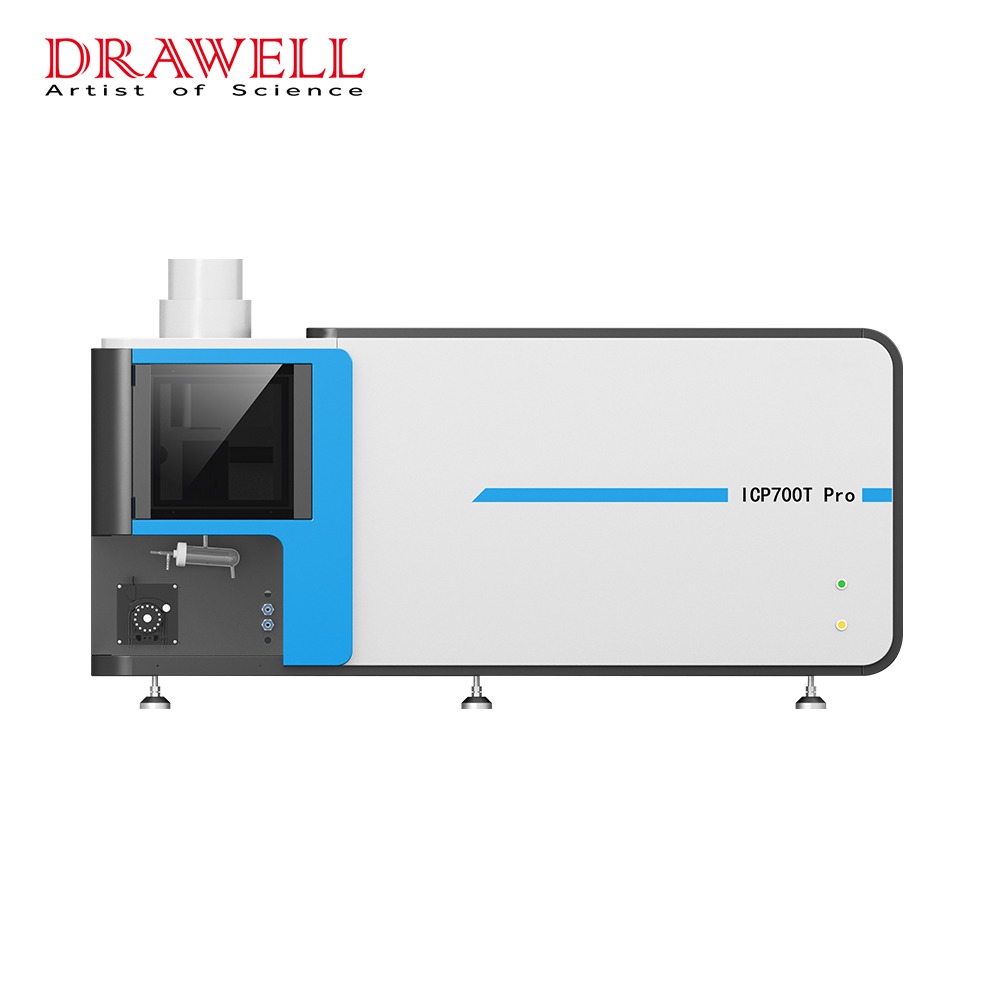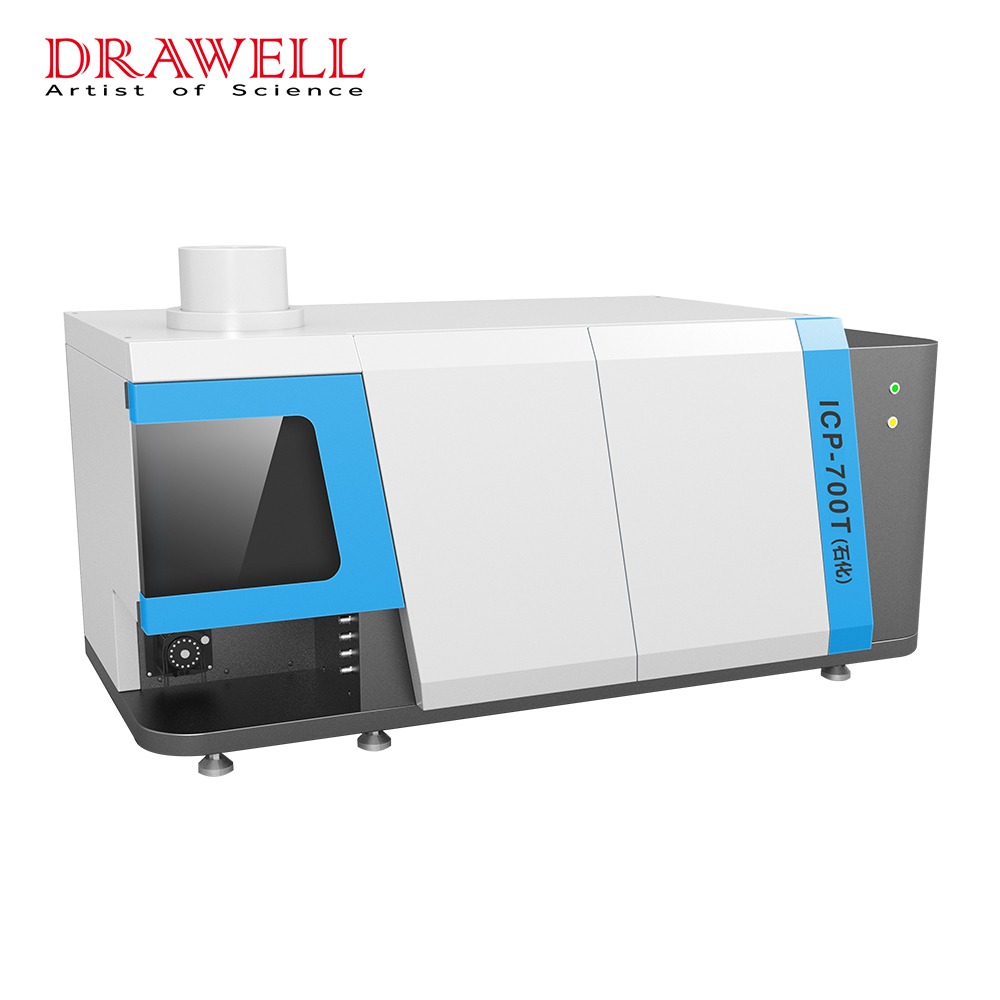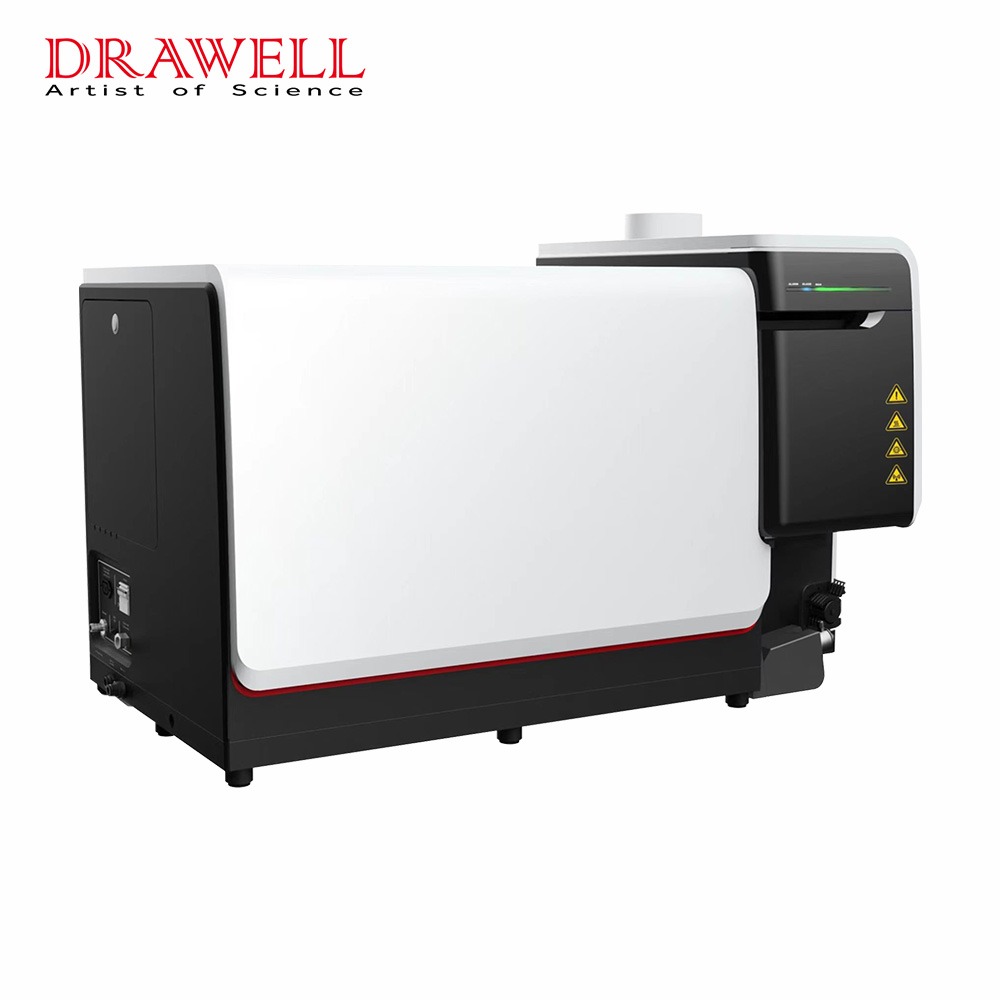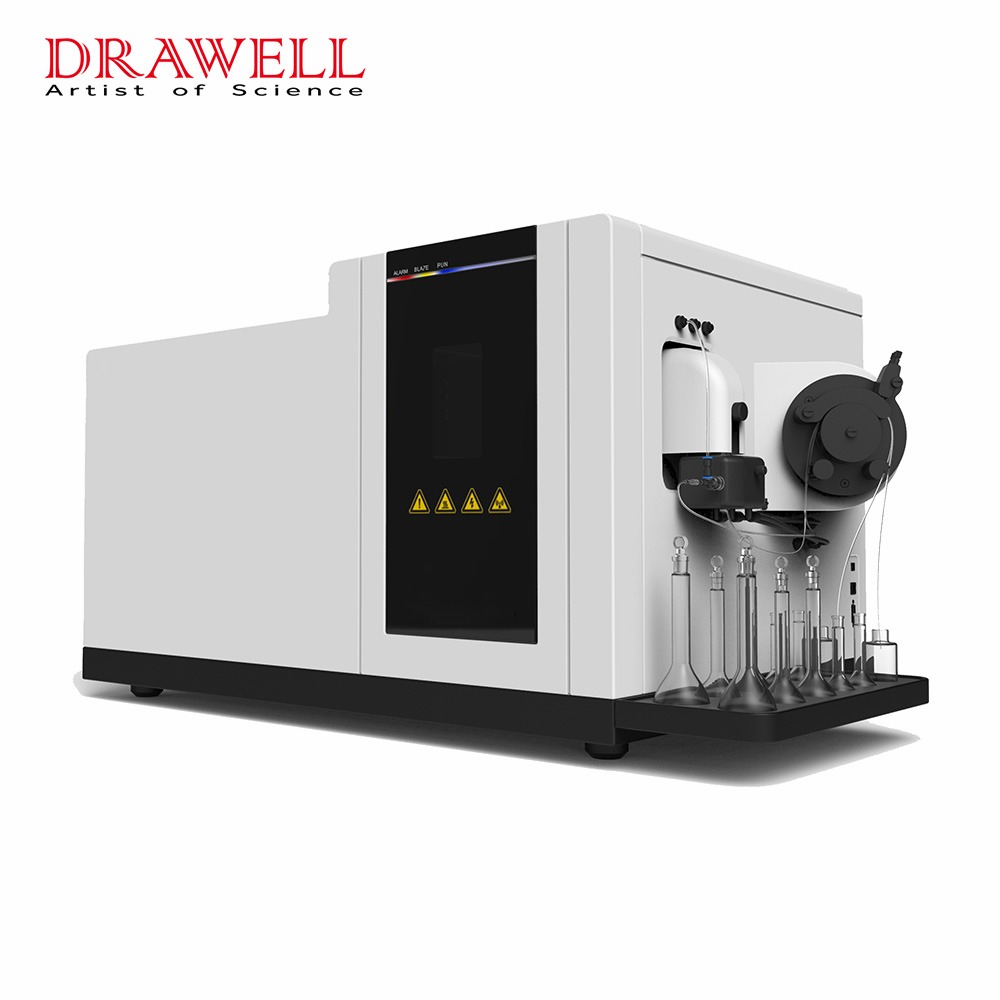When it comes to elemental analysis in various fields, researchers and analysts often face a crucial decision: which analytical technique should they employ? ICP-MS and AAS are common methods that come into consideration. Each technique has its own strengths, limitations, and areas of application. In this article, we’ll explore Inductively Coupled Plasma Mass Spectrometry (ICP-MS) and Atomic Absorption Spectroscopy (AAS), providing insights to help you choose the right elemental analysis technique for your specific needs.
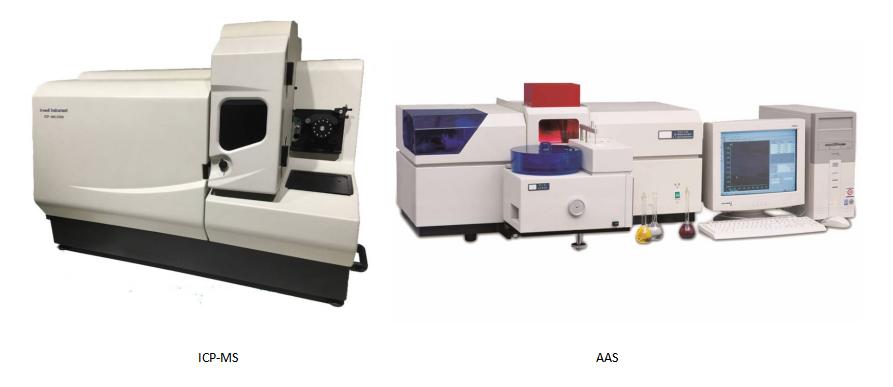
What are ICP-MS and AAS?
What is ICP-MS
Inductively Coupled Plasma Mass Spectrometry, or ICP-MS, is a versatile and powerful analytical technique widely used for elemental analysis. It involves the following key steps:
- Sample Introduction: The sample is typically introduced as an aerosol, which is then transported into the ICP.
- Ionization: Inside the ICP, the sample is exposed to extremely high temperatures (around 10,000°C) and is ionized into charged particles (ions).
- Mass Separation: The generated ions are separated based on their mass-to-charge ratios using a mass spectrometer.
- Detection: The separated ions are detected, and their abundance is quantified.
What is AAS
Atomic Absorption Spectroscopy, or AAS, is another widely used technique for elemental analysis. AAS follows these fundamental steps:
- Sample Preparation: The sample is prepared by digesting or dissolving it in an appropriate solvent.
- Atomization: The sample solution is introduced into a flame or graphite furnace, where it is atomized. Atomization converts the sample into individual ground-state atoms.
- Absorption of Light: A hollow cathode lamp emits a characteristic wavelength of light specific to the element of interest. The atoms in the atomized sample absorb this light.
- Detection: The amount of absorbed light is measured, and the concentration of the element is quantified based on the extent of absorption.
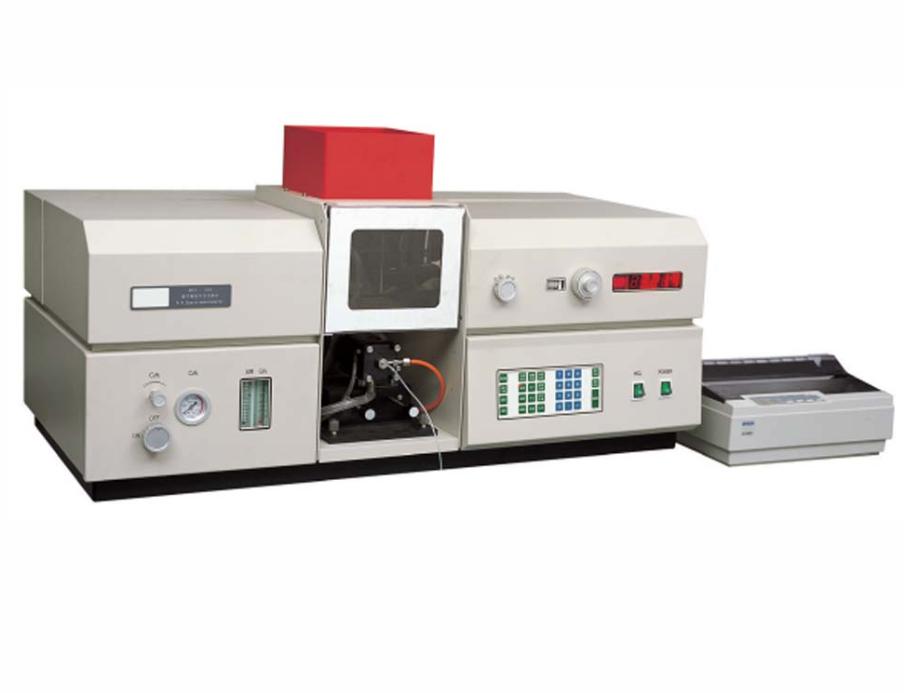
What are the Advantages of ICP-MS and AAS?
ICP-MS offers several advantages:
- Wide Elemental Range: ICP-MS can simultaneously detect and quantify a broad range of elements, from low atomic mass elements like lithium (Li) to high atomic mass elements like uranium (U) and beyond.
- High Sensitivity: It is exceptionally sensitive, with detection limits in the parts per trillion (ppt) to parts per quadrillion (ppq) range for some elements. This makes it suitable for trace element analysis.
- Minimal Interference: ICP-MS is less prone to matrix effects compared to other techniques like AAS, as the plasma ionizes the entire sample, reducing interference from matrix components.
- High Throughput: ICP-MS is efficient for high-throughput analysis, as it can simultaneously analyze multiple elements in a single run.
AAS offers its own set of advantages:
- Quantitative Accuracy: AAS provides accurate quantitative results for individual elements, making it suitable for analyzing specific elements with high precision.
- Simple Operation: AAS instruments are generally easier to operate and require less maintenance compared to ICP-MS systems.
- Cost-Effective: AAS instruments are typically more affordable, making them accessible to a wide range of laboratories.
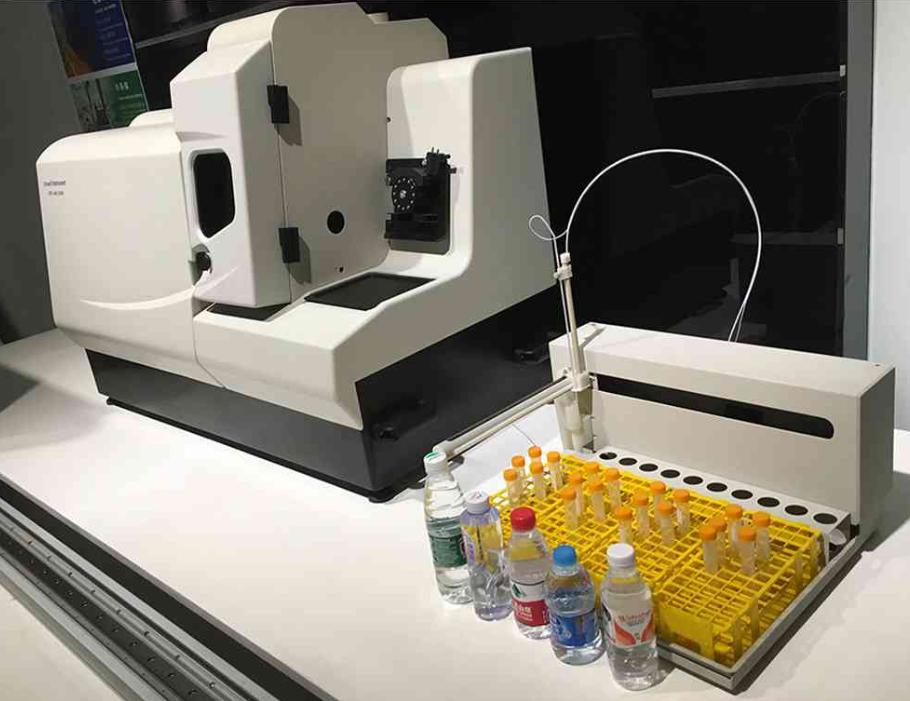
Choosing the Right Technique Between ICP-MS and AAS
The choice between ICP-MS and AAS largely depends on your analytical needs and the specific characteristics of your samples:
1. Elemental Range in ICP-MS vs. AAS
ICP-MS: If your analysis involves a wide range of elements, especially trace and ultra-trace elements, ICP-MS is the ideal choice due to its ability to detect a broad spectrum of elements simultaneously.
AAS: AAS is more suitable for applications focused on specific elements, where high precision and accuracy are required.
2. Sample Complexity in ICP-MS vs. AAS
ICP-MS: ICP-MS is less affected by complex sample matrices, making it suitable for samples with various matrix components.
AAS: AAS may require more extensive sample preparation to reduce interference from matrix components.
3. Sensitivity and Detection Limits in ICP-MS vs. AAS
ICP-MS: If your analysis demands extremely low detection limits, ICP-MS offers superior sensitivity in the parts per trillion (ppt) or lower range.
AAS: AAS provides good sensitivity but is generally less sensitive than ICP-MS.
4. Throughput and Speed in ICP-MS vs. AAS
ICP-MS: For high-throughput applications requiring the simultaneous analysis of multiple elements, ICP-MS is the preferred choice.
AAS: AAS is suitable for applications with lower throughput requirements.
5. Cost and Maintenance in ICP-MS vs. AAS
ICP-MS: ICP-MS instruments are more expensive and require skilled personnel for operation and maintenance.
AAS: AAS instruments are cost-effective, simpler to operate, and require less maintenance.
6. Real-World Applications in ICP-MS vs. AAS
ICP-MS Applications: ICP-MS finds extensive use in environmental analysis, geochemistry, pharmaceuticals, and various research fields where trace element analysis is crucial. It is indispensable in analyzing complex samples like geological samples, drinking water, and biological fluids.
AAS Applications: AAS is often employed in clinical laboratories for measuring elements in biological samples, such as blood and urine. It is also used in the food, beverage, and quality control of specific elements in the metal industries using AAS technique.
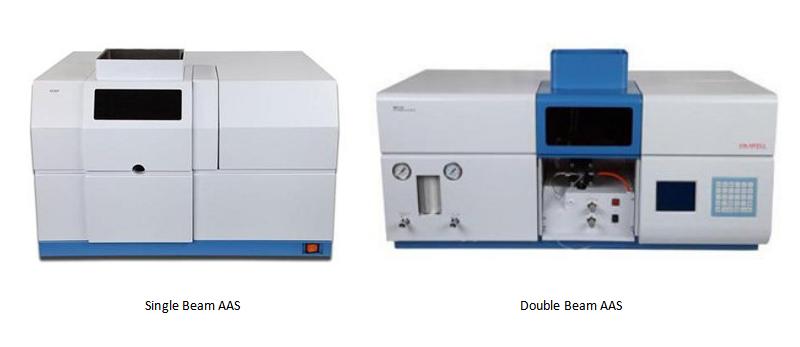
Conclusion
In the realm of elemental analysis, the choice between ICP-MS and AAS ultimately depends on your analytical requirements, sample complexity, and budget considerations. ICP-MS offers versatility, sensitivity, and the ability to handle complex matrices, making it the preferred choice for many applications. On the other hand, AAS is valued for its precision, ease of use, and cost-effectiveness, making it a solid choice for targeted elemental analysis.
Ultimately, understanding the strengths and limitations of each technique is essential for choosing the right elemental analysis method to achieve accurate and reliable results in your specific analytical endeavors.

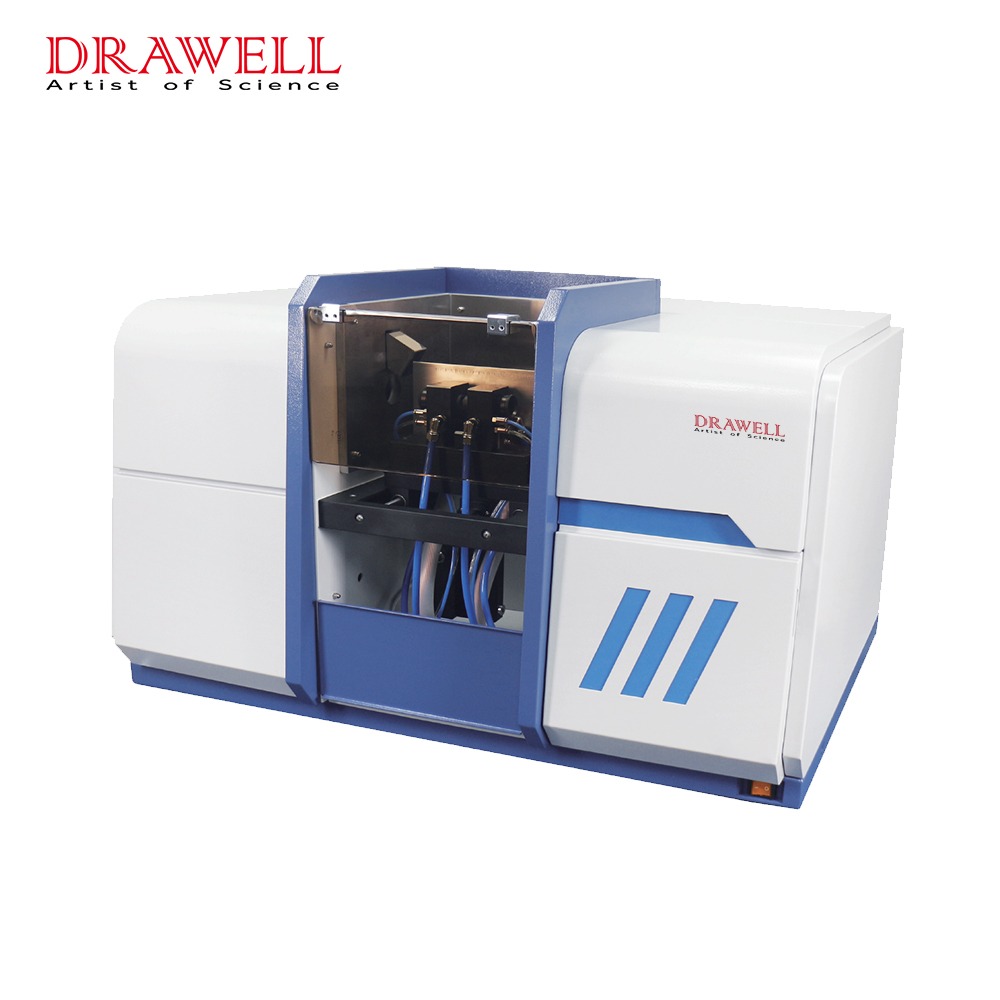
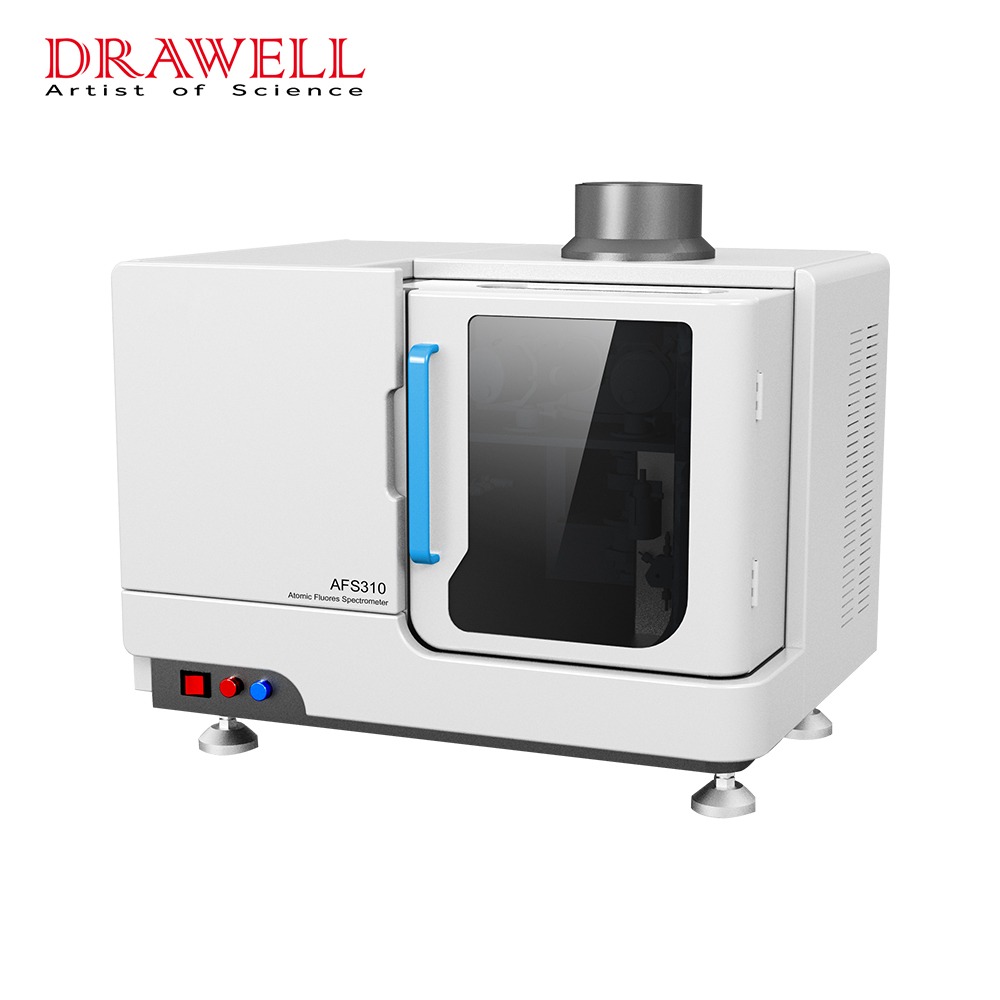
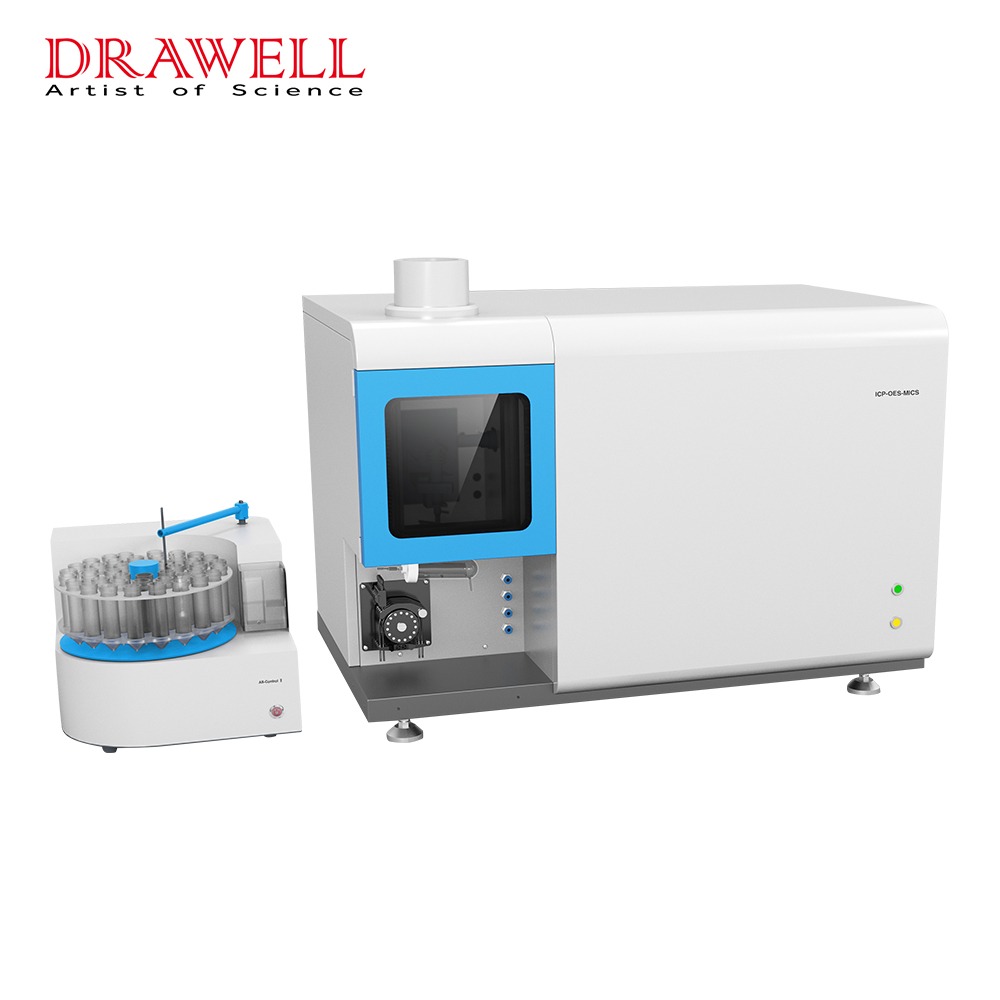
2.jpg)
